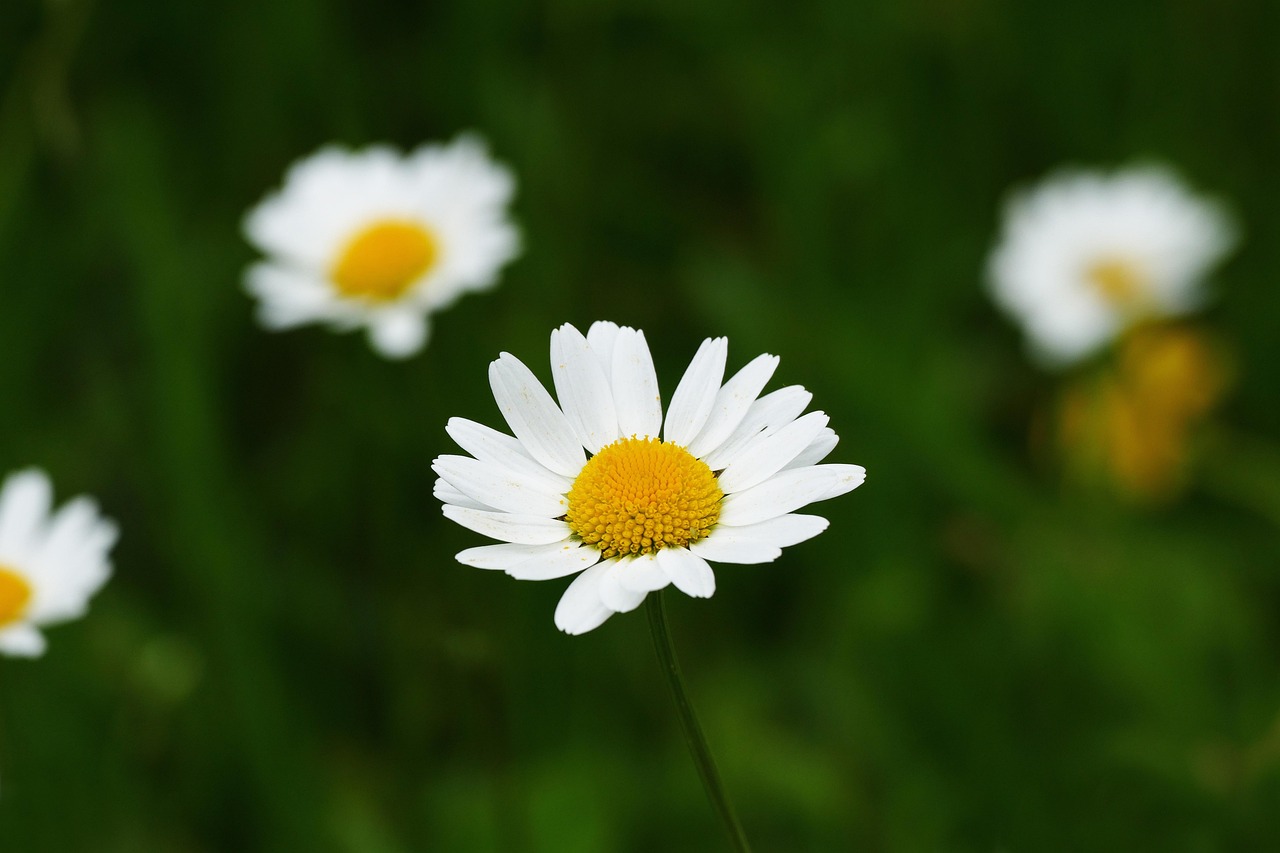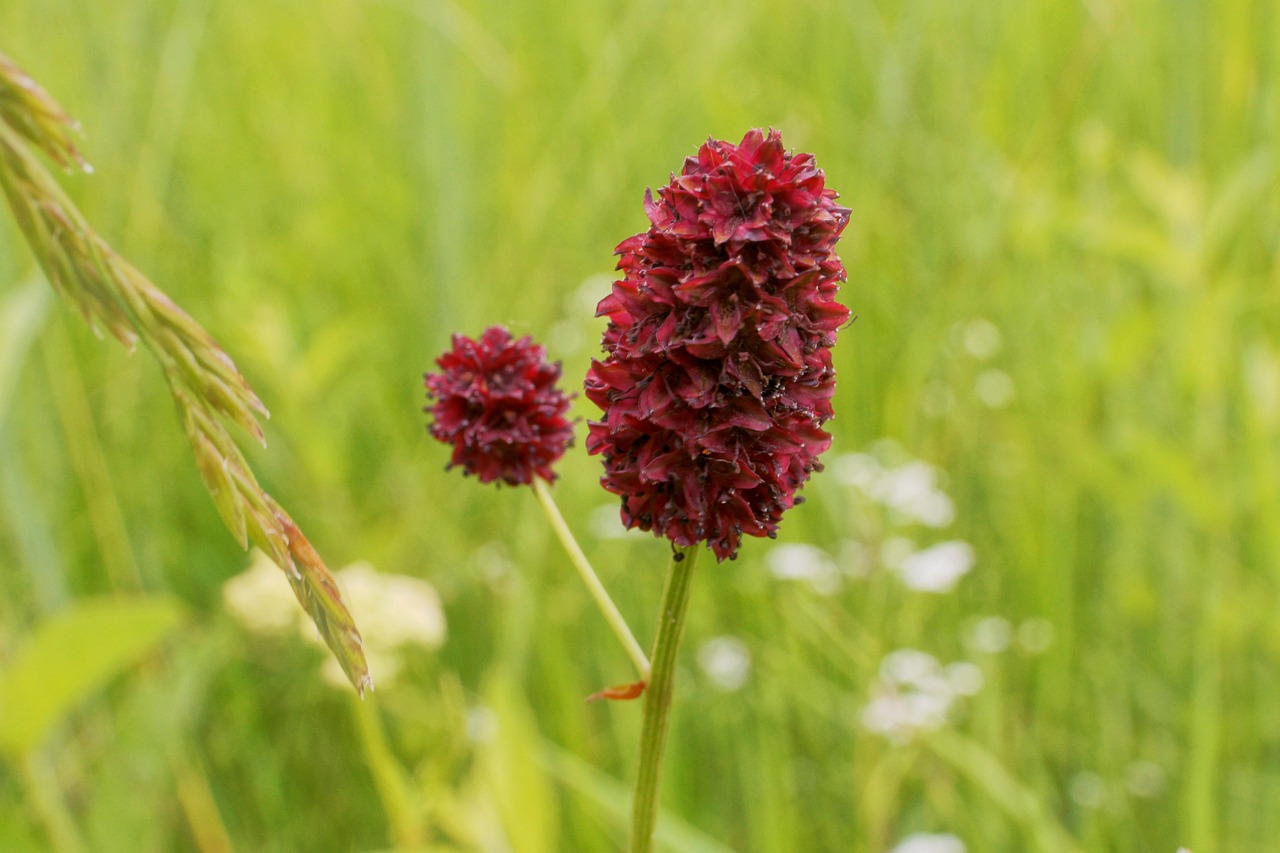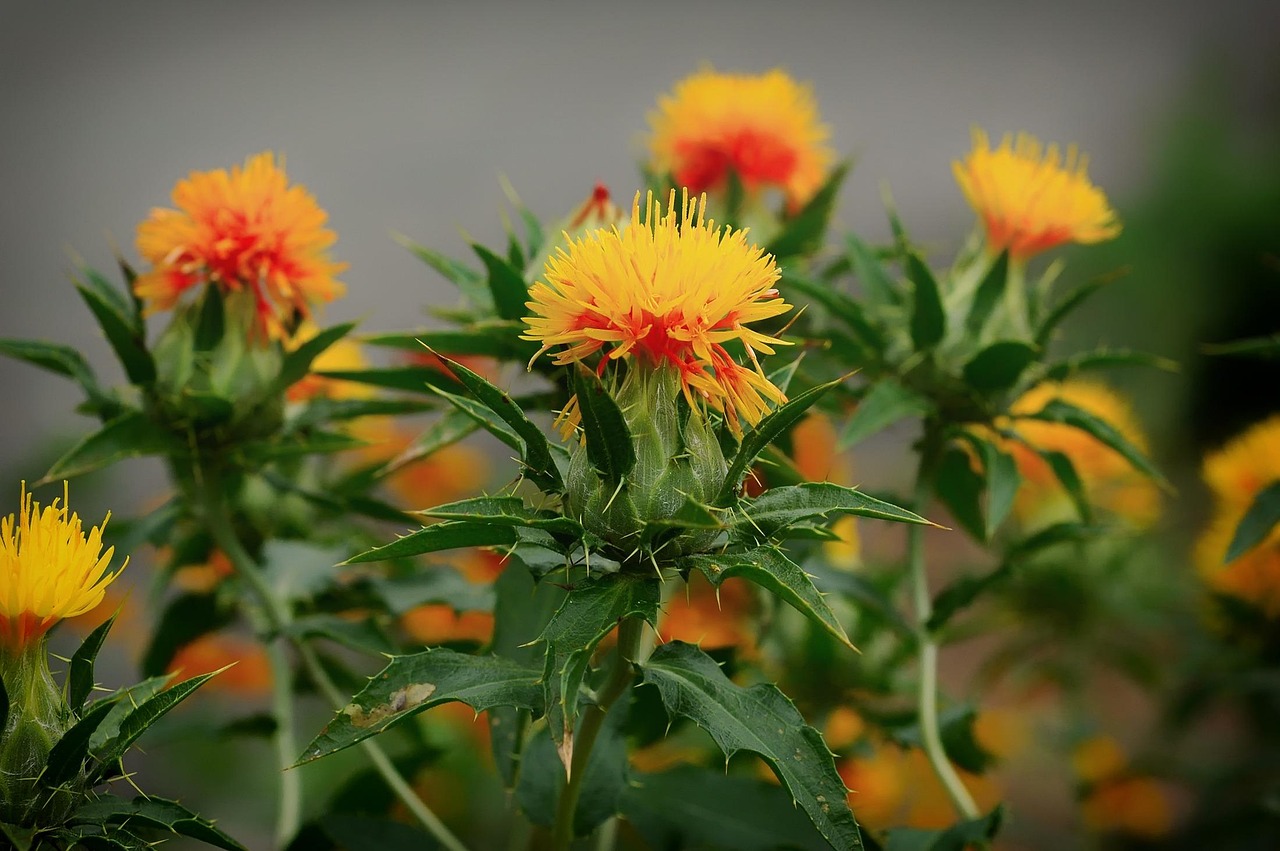Japanese Anemone | A Scenic Flower Blooming Quietly in Autumn Temples
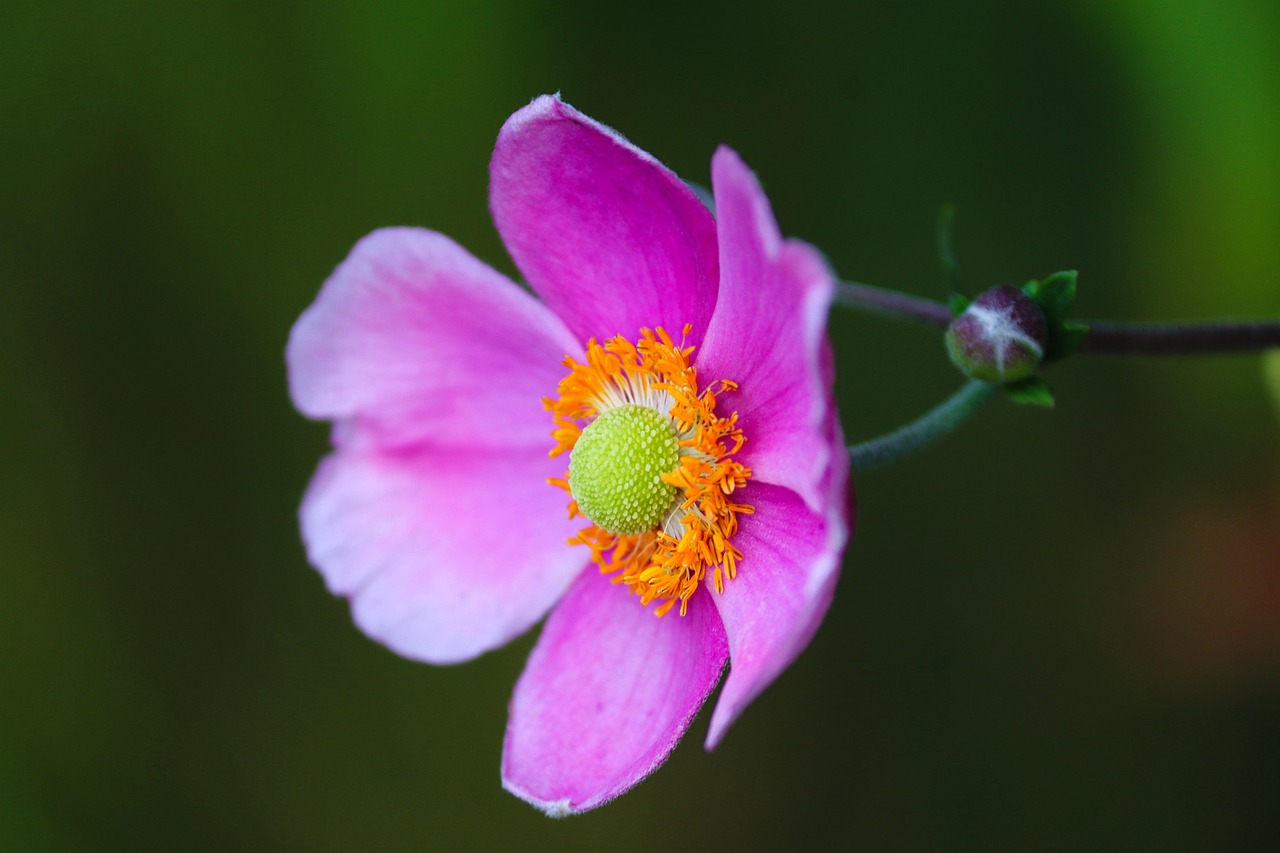
I introduce the Japanese Anemone, a perennial that produces beautiful blossoms in autumn and is admired for its graceful, wind-swayed appearance.
This plant is widely cultivated in Japanese gardens and parks, and it is also popular in Europe and the United States as an ornamental flower.
In this article, I provide detailed information about the Japanese Anemone, including its basic characteristics, cultural and historical significance, and tips for cultivation.
Basic Information
- Scientific name: Anemone hupehensis
- Family: Ranunculaceae
- Origin: Central to Eastern China
- Appearance: The flower is distinguished by its delicate petals and yellow stamens at the center. Cultivars include white, pink, and purplish shades. The blossoms appear on slender stems, creating an elegant impression.
- Blooming season: From late summer to late autumn, bringing color to the cooler seasons.
Cultural Significance Around the World
The Japanese Anemone has long been cultivated in Japan and China as an ornamental flower and is cherished as a symbol of autumn.
In Japan, it is called “Shūmeigiku,” meaning “autumn anemone,” and is planted in traditional gardens and temple grounds as a flower that heralds the arrival of autumn. Its pure and refined beauty has also made it a favored plant in tea gardens.
In Europe, the Japanese Anemone was introduced in the 19th century and became known as the “Japanese Anemone.”
In countries such as the United Kingdom and France, its delicate form was considered poetic, and it was often incorporated into garden design. In the West, it is regarded as a type of anemone symbolizing elegance and refined beauty.
Historical Background
Although native to China, the Japanese Anemone became widely cultivated in Japan, where unique horticultural varieties were developed.
Records from the Heian period in Japan mention its use as an ornamental plant, and by the Edo period it was firmly established in the gardens of samurai residences and temples as a flower for enjoying the beauty of autumn.
In the 19th century, European botanists discovered the Japanese Anemone and introduced it to the United Kingdom and France.
During the Victorian era in England, its refined form was highly valued in aristocratic gardens and even cultivated in greenhouses. In France, it was grown in the Jardin des Plantes in Paris and embraced as an autumn flower in horticultural culture.
Gardening Advice
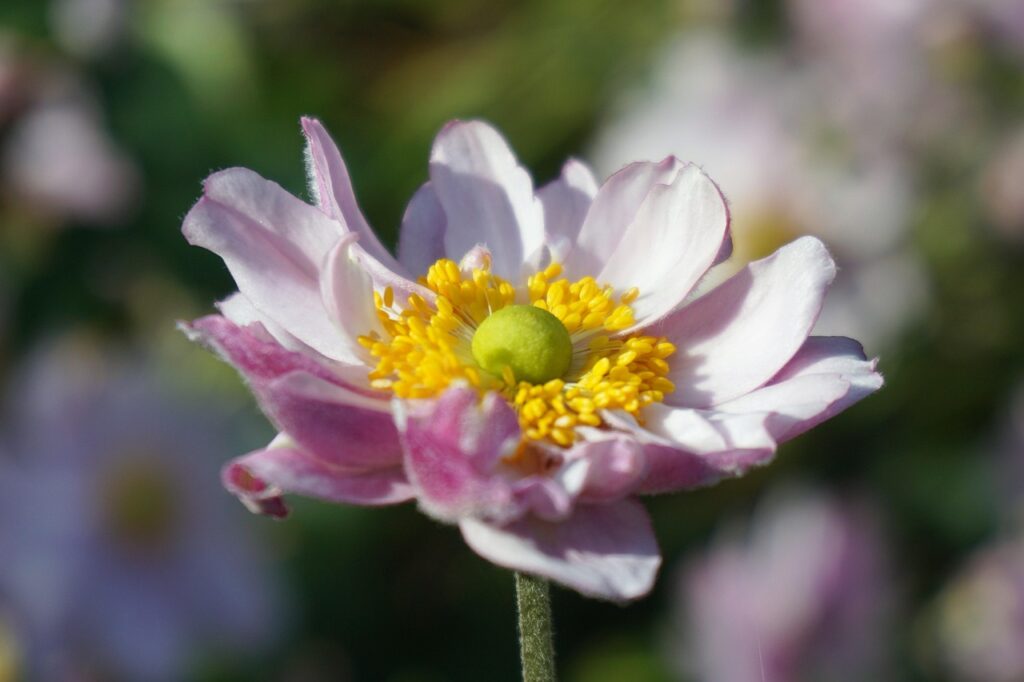
The Japanese Anemone is a hardy plant, but proper care is required to produce its beautiful blossoms.
Light
Prefers partial shade. Avoid strong, direct sunlight; dappled light or areas shaded in the afternoon are suitable.
Watering
Water when the soil surface is dry. Use well-draining soil to prevent waterlogging and avoid prolonged moisture.
Soil
Choose airy, well-drained soil. Mixing in leaf mold or compost encourages healthy root growth.
Fertilizer
Apply slow-release fertilizer in spring and autumn to promote blooming. Avoid excessive fertilization.
Cold tolerance
Relatively hardy, but in colder regions, mulching around the base in winter helps protect the roots.
Conclusion
The Japanese Anemone is an elegant perennial that adds charm to autumn gardens and has long been cherished in Japan and China.
Its graceful form enhances the beauty of tea gardens and traditional landscapes, while in Europe it has been embraced as the “Japanese Anemone” in garden culture.
Since its introduction to the West in the 19th century, it has been admired for its beauty and cultivated in aristocratic gardens and greenhouses.
With proper care, it can be enjoyed for many years and remains a beloved flower that adds depth to the autumn landscape.


